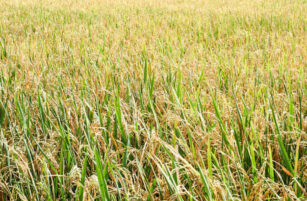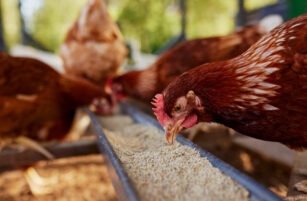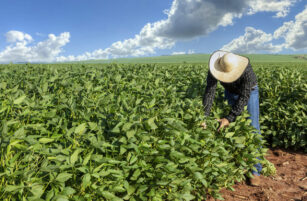Insight Focus
Wheat markets continue their volatile ups and downs in 2024. Unlike the 2022 invasion of Ukraine, 2024 has seen some unusual influences.
Volatility Remains
We are approaching the end of August and despite many thinking that 2024 might be a more stable year for global wheat prices, volatility remains.
The main global wheat markets, as shown below, have remained unpredictable, despite the previously held hope that stability could prevail.
Russia’s invasion of Ukraine continues, with far less market disruption than news headlines might have sparked in 2022. The recent Ukrainian incursion into the Russian region of Kursk is the prime example.
The conflict between Israel and several of its neighbours has not appeared relevant either. This would have been market moving news pre-2022.



2024 in Historical Context
We have become accustomed to the highs and lows of commodity and energy prices over the last two and a half years. The impact on household budgets has been well documented and most certainly noticeable.
Nonetheless, looking back over the last 20 years, we can see that although 2022 was an extraordinary year, volatility has been quite extreme in previous years.
Any grain trader as old as me will have vivid memories of 2007/08. A poor harvest and critically low global wheat stocks sparked a rally of epic proportions. This created the highest prices ever seen for wheat with unprecedented volatility.
The Arab Spring of 2010/11 was another time of volatility, with these North African countries being the largest wheat importers in the world and critical to the trade. Interestingly, the movements were far less surprising given the all too recent memories of 2007/08.


Protecting Profitability
We have discussed thoughts on buying and selling in the following articles.
How to make good decisions when buying wheat
Five good decision-making principles for wheat sellers
When assessing the current situation it is worth noting:
- Prices have been driven down by funds and a lack of physical buyers
- Weakness in corn and soyabeans markets have pressured wheat prices further
- World wheat stocks are the lowest they have been in eight or nine years
- Wheat stocks, less China’s enormous 52%, sees stocks at their lowest since 2007/8
- Consumption continues to outstrip production, despite the immediate shortage of buyers
- Farmers are struggling to be profitable and not abundant sellers at current levels if buyers reappear short-term.
With these factors in mind, assess your business needs.
As a buyer, perhaps the farmer’s lack of profit margin at these levels might suggest looking to buy.
As a seller, one could be forgiven for thinking that the global supply versus demand situation could suggest that there will be better days ahead to sell.
Whichever side of the fence your business sits, ‘profit is sanity’, while ‘hope, fear and greed’ have no place in market emotions.

Most of all, ‘tops and bottoms are for fools.’ Just look for the bottom third or top third of the market and you will be rewarded.












